Find a practice to try with your team

Saving Money One Needle at a Time
Phlebotomists saved money after seeing that standard needles can be just as effective as a butterfly needles and costs less.
- Keeping costs down helps keep Kaiser Permanente affordable for members and patients
- Phlebotomists self-monitoring butterfly needle usage

Driving for More Efficient Routes
Morale among courier drivers improved when they started collaborating effectively to come up with more efficient routes.
- Teams members need to communicate well with each other in order to solve problems, improve performance and have a great workplace.
- Diversify communication methods

Strategic Scheduling of Anesthesia
Team increased percentage of anesthesia cases on days physicians are scheduled and saved $113,000 in 10 months.
- Optimizing the time and unique skills of doctors and nurses keeps KP affordable
- UBT increased percent of anesthesia cases on days contract physicians were scheduled — four days a week instead of five.
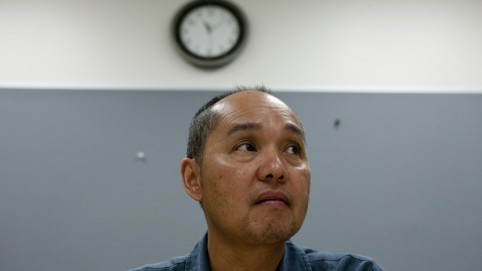
Staff Buddies Up to Inform Patients
Positive patient responses for staff communications increased 17 percent for the department in three months.
- Patients express appreciation when informed about wait times and delays, which shows respect for their time and eases anxiety.
- Schedulers and receptionists from two clinics paired up for one-hour shifts during predictably busy times to keep patients informed about wait times.
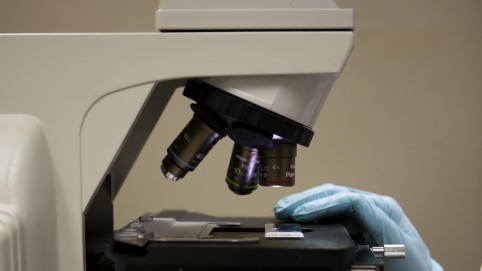
Speedy Slides Boost Service
On-time distribution of pathology slides increased 26 percent in two years, and People Pulse Work Unit Index score improved 30 percent.
- Physicians rely on analysis of the slides to diagnose and treat patients.
- The team used a visual display board that helped it track turnaround times.
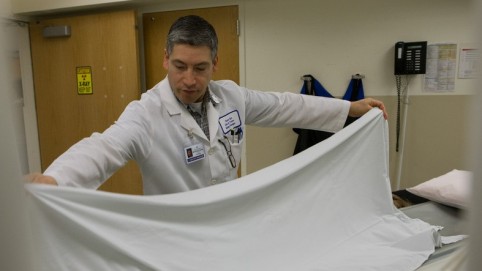
Stopping the Line for Safety
Errors drop significantly as team improved its process and culture.
- Poor communication accounts for more than 60 percent of medication errors nationwide, and contributes to a significant increase in patient complications or death.
- Radiologic technologists are asked to speak up immediately and “stop the line” if they encounter any deviation from workflow or a risk to patient safety.
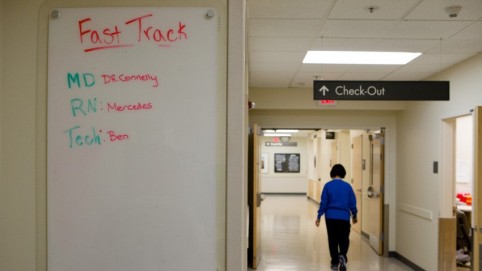
Putting Patients on the Fast Track
After four months of rapid improvements, emergency room stay decreased from 162 minutes to the team’s target of 90 minutes.
- The length of stay exceeded national benchmarks — patients were waiting up to three hours with minor injuries that required a short amount of physician time.
- The team defined triage urgency using the Emergency Severity Index (ESI) and set up a fast track area at the front of the department.
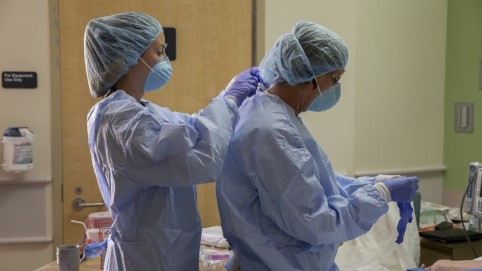
Create Surgery Wait List
Dedicated employee shrinks surgery wait list backlog by 70 percent, clearing the way to fit emergency patients into the schedule.
- Plastic and Reconstructive Surgery patients were complaining about the wait for surgery, and the backlog prevented the scheduling of emergency surgeries.
- Created a wait list and called patients in order when there was an opening for surgery, so the process was fair to all patients.

Pharmacy Cuts Wait Times
Pharmacy team fills 89 percent of prescriptions in 15 minutes, and improves patient satisfaction scores 5.7 percent in one year.
- Backups in workflow contribute to long patient wait times and low patient satisfaction scores.
- A pharmacist now continually monitors incoming same-day prescriptions, and moves them ahead of the line to be processed immediately.
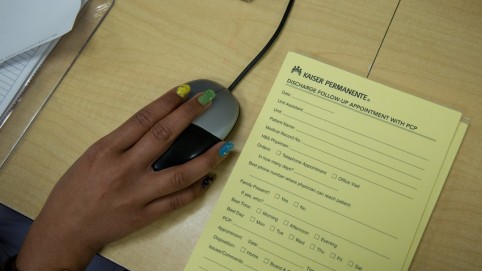
Questionnaire Shaves Wait Time
Patient wait times after gastrointestinal procedure reduced 18 minutes.
- From feelings of frustration and disrespect to increased risk of infection, making patients wait has negative outcomes.
- Create a questionnaire to hand patients at check-in, and train staff on new process.

Engaging Eye Exams
96 percent of engaged ophthalmic patients due for breast, colorectal or cervical cancer screenings agreed to a preventive health screening.
- Preventive screenings are key to early detection and treatment of conditions and diseases, so encouraging patients to receive needed screenings helps manage their health.
- Measure and report weekly on level of staff engagement with patients and resulting successful screenings

Effective Smoke Screens
Smoking cessation screenings given to identified smokers at 93 percent of patient visit— up from 0 percent.
- Tobacco use accounts for 1 in 10 adult deaths and kills more than 5 million people annually—an average of one person every six seconds.
- Printing out registration slips with questions regarding smoking, so smokers can identify themselves up front.
